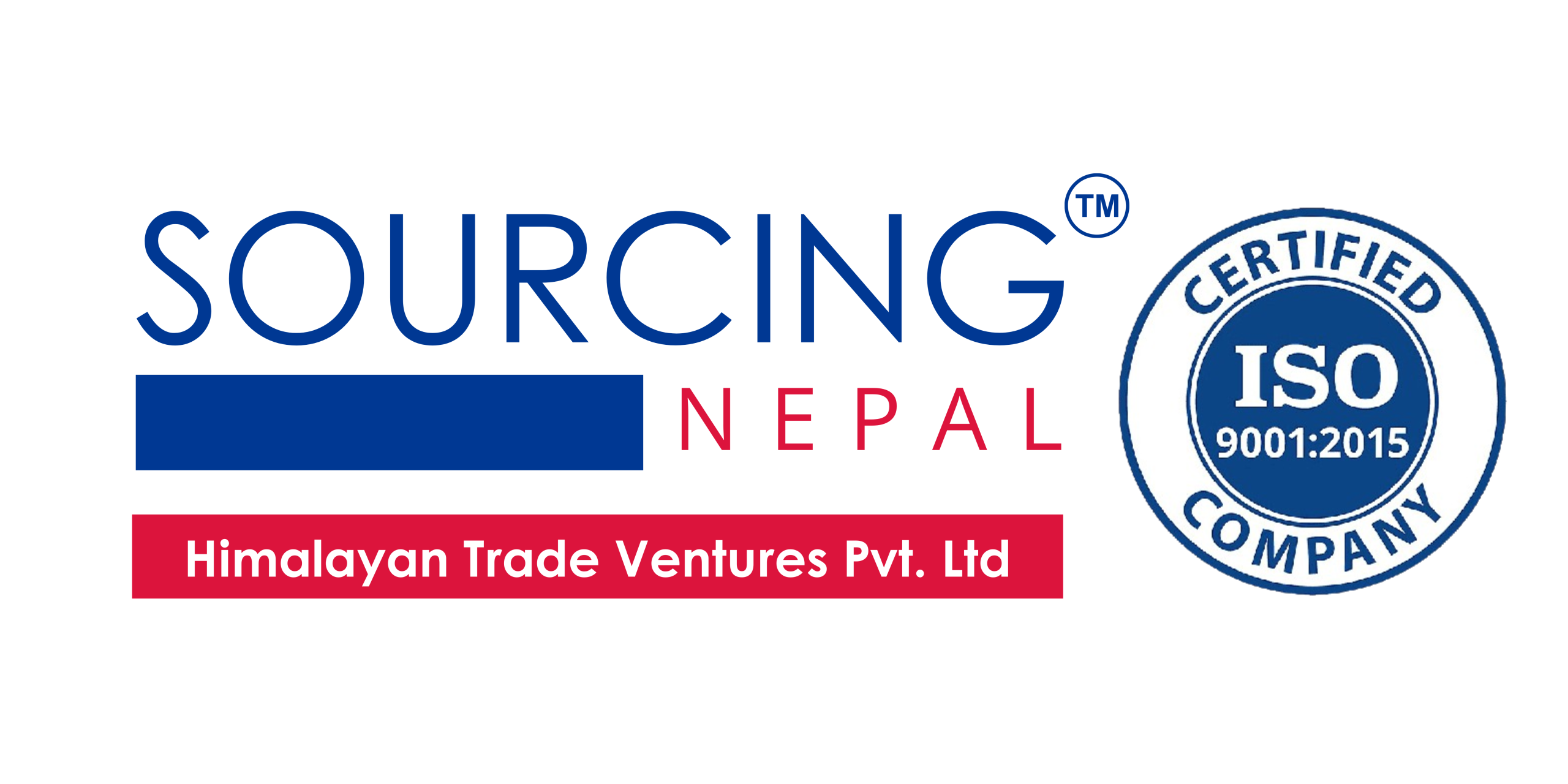
Indian Garment Giants Eye Nepal Amid US Tariffs: Opportunities, Challenges, and Strategic Considerations
Introduction
The global garment industry is undergoing a significant shift as international brands and Indian exporters explore Nepal as a potential production hub. This move is primarily driven by the imposition of steep US tariffs on Indian exports, which have made Nepal’s lower tariff rates an attractive alternative. However, while this presents opportunities for Nepal’s struggling garment sector, it also raises concerns regarding illegal transshipment and the need for stringent regulatory measures.
Nepal’s Tariff Advantage
In contrast to India’s 50% tariff on garment exports to the US, Nepal benefits from a significantly lower tariff rate. As of 2024, Nepal’s simple average applied tariff rate stands at 12.9%, with non-agricultural products averaging 13.2% . This substantial difference makes Nepal an appealing destination for brands seeking to mitigate the impact of high tariffs.
Reasons For The Production Shift
- High Tariffs on India:
The 50% US tariff on Indian garment exports has rendered production in India more expensive for brands targeting the US market. Lower Tariffs for Nepal:
Nepal’s 10% tariff rate on garment exports to the US offers a cost-effective alternative for manufacturers.Brand Interest:
International brands such as GAP, Puma, Nike, and Zara are exploring the possibility of relocating or expanding their production in Nepal to capitalize on the lower tariff rates.Indian Company Interest:
Indian garment companies are actively considering partnerships or investments in Nepal to bypass the high US tariffs and maintain their export competitiveness.
Context & Current Scenario
The exploration of Nepal as a garment hub follows US President Donald Trump’s initial imposition of tariffs on Indian (50%) and Bangladeshi (20%) exports. Although a US appeals court later declared these tariffs illegal, the immediate threat prompted brands to seek alternative production locations.
According to Pashupati Dev Pandey, President of the Garment Association Nepal, “Several Indian garment companies are actively exploring the possibility of establishing factories in Nepal, while others are looking into partnerships with local producers to enhance capacity for exporting to the US. If possible, some may begin investing within six months.”
Despite this growing interest, officials in Kathmandu note that no formal inquiries or foreign direct investment proposals have yet been received.
How It Works:
- Tariff Avoidance: By shifting production to Nepal, companies can avoid the 50% US tariff imposed on Indian-made garments.
- Cost Savings: The lower tariff rate in Nepal translates to reduced costs for manufacturers, enhancing their competitiveness in the US market.
- New Investments/Partnerships: Brands are looking at both direct investment in Nepal and forming partnerships with existing Nepali producers to increase their capacity and meet the demand.
Challenges & Risks
Illegal Transshipment:
There is a risk that goods produced in India could be rerouted through Nepal with counterfeit “Made in Nepal” labels to bypass US tariffs. Such practices are unlawful and could result in severe penalties for both importers and exporters.Regulatory Oversight:
Nepal currently lacks a comprehensive legal framework to address illegal transshipment. The government has pledged to form a joint task force to curb such activities, but the effectiveness of these measures remains to be seen.Infrastructure Challenges:
Nepal’s garment sector has long been in decline, and the existing infrastructure may not be sufficient to accommodate a sudden influx of production. Investments in infrastructure and capacity building will be crucial to support the growth of the industry.Market Saturation:
The global garment market is highly competitive. Nepal’s garment sector will need to differentiate itself through quality, ethical production practices, and innovation to succeed in the long term.
Strategic Considerations For Nepal
To capitalize on the current opportunities and address the challenges, Nepal must consider the following strategies:
- Strengthening Regulatory Frameworks: Implementing robust laws and policies to prevent illegal transshipment and ensure compliance with international trade standards.
- Investing in Infrastructure: Enhancing transportation, logistics, and industrial infrastructure to support increased production and export activities.
- Fostering Public-Private Partnerships: Encouraging collaboration between the government and private sector to drive innovation, improve competitiveness, and attract foreign investment.
- Promoting Ethical and Sustainable Practices: Positioning Nepal’s garment industry as a leader in ethical and sustainable production to appeal to conscious consumers and brands.
Conclusion
Nepal stands at a pivotal moment in its garment industry. The current situation presents a unique opportunity to revitalize the sector and boost exports. However, this potential can only be realized through careful planning, robust regulatory frameworks, and strategic investments in infrastructure and capacity building. By addressing these challenges proactively, Nepal can position itself as a competitive player in the global garment industry.


